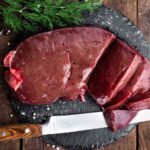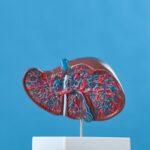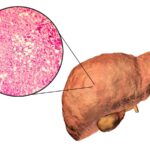Your cat deserves the best – and homemade food is one of the easiest ways to keep him healthy and happy. How do you prepare tasty and nutritious meals that satisfy your cat’s palate and provide essential nutrients? Read on – it turns out that cheap homemade cat food can be the best!
Homemade cat food. Basics of cat nutrition
Cats are carnivores and their digestive systems are adapted to a diet rich in animal protein. Protein plays a key role in their diet as it provides essential amino acids that the cat’s body cannot synthesise. Protein is essential for building and regenerating tissues, producing enzymes and hormones, and supporting immune function.
Amino acids such as taurine, arginine and methionine are particularly important in a cat’s diet. Taurine is essential for the health of a cat’s heart, eyes and nervous system. Therefore, protein sources such as chicken, turkey, beef and pork should form the basis of a cat’s daily diet.
In addition, fats in a cat’s diet provide energy, carry fat-soluble vitamins (A, D, E, K) and promote healthy skin and coat. Cats need fat, but in the right proportions to provide energy without stressing the digestive system. Whether it’s a BARF diet or a cooked cat food, the fat should come mainly from meat and oils of animal origin, such as fish oil or krill oil, which provide essential omega-3 fatty acids.
Carbohydrates – although cats cannot fully utilise them as humans can, they can act as fibre to aid digestion. In the wild, cats eat little vegetation, so only small amounts of vegetables (e.g. carrots, squash, courgettes) can (but do not have to) be used in the diet to provide fibre. The amount should be balanced to avoid an excess of carbohydrates, which can even lead to diabetes in cats.

Which ingredients are dangerous for your cat? Find out how to make homemade food for your cat without harming it.
Cats are very sensitive to certain ingredients commonly found in the human diet that can be harmful to them.
- Garlic and onions – both garlic and onions contain substances (thiosulphates) that can damage a cat’s red blood cells, causing anaemia. Even a small amount can cause health problems.
- Heat-treated cubes and bones – although cats can chew bones in the wild, heat treatment makes them brittle and fragile, which can lead to choking or damage to the digestive tract.
- Sweets and products containing xylitol – xylitol, a sugar substitute, can cause blood sugar levels to drop rapidly in cats, leading to hypoglycaemia and in some cases liver damage.
- Alcohol and caffeine – these substances are highly toxic to cats. Even a small amount of alcohol or caffeine can cause poisoning, resulting in vomiting, convulsions and even coma.
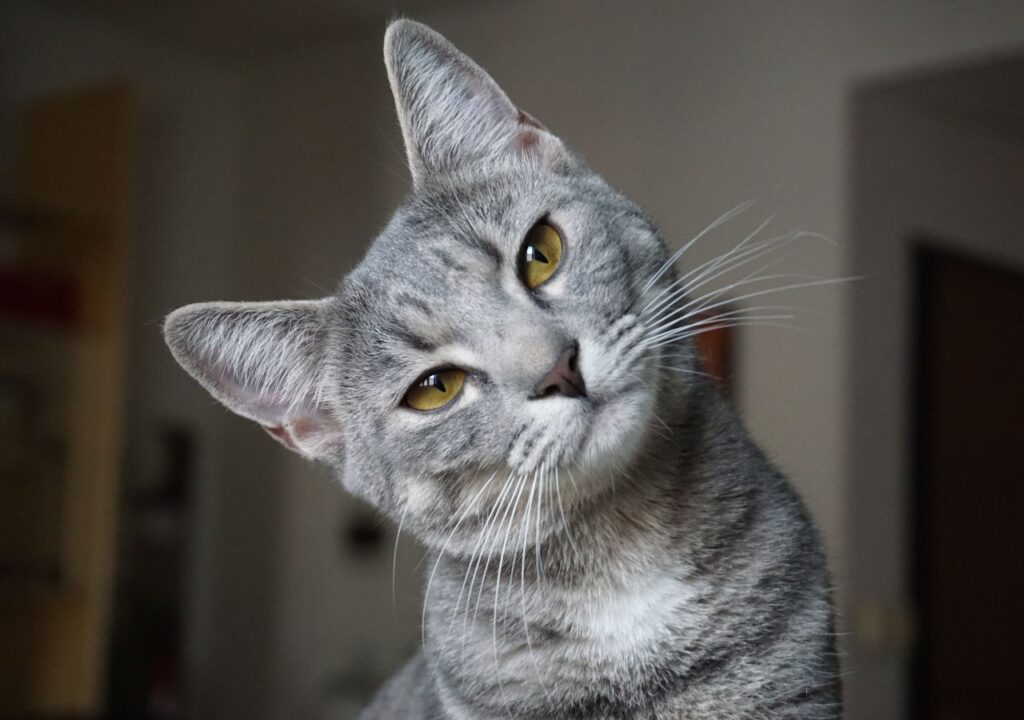
“What to cook for the cat, or what to put in the cat’s bowl.
Preparing healthy, tasty meals for your cat does not have to be difficult or time-consuming. However, it is important to remember that meals need to be well balanced.
Cooked meat and offal Meat is a staple food because it is rich in nutrients such as protein and fat. These are essential for the proper functioning of any cat’s body. Of course, proteins of animal origin are most valuable to carnivores, so as you can see, it’s not just the quantity that counts, but also the quality.
Water Water is just as important an ingredient as the aforementioned meat and offal. It is responsible for the proper hydration of the body and helps to distribute supplements. In a cooked diet for a cat, it is also a good idea to add the cooking liquid from the meat and offal. This will minimise the losses associated with heat treatment.
Supplements In a cooked cat food, it is necessary to use supplements. Some of the supplements are basic, such as eggshell meal, seaweed, salmon oil, cod liver oil, vitamin E, taurine, haemoglobin, non-iodised salt. There is also a large proportion of functional supplements, which we select according to the needs of the cat’s body. We can customise the cooked food based on your pet’s blood tests.
Cooked food for cats: Preparing portions step by step
To prepare cooked meals for your cat, you will need:
- a sharp knife;
- a chopping board;
- a cooking pot;
- bowls;
- a scale;
- a meat grinder (optional);
- containers or bags for portioning.
To prepare cooked meals for your cat, you will need: a sharp knife; a chopping board; a cooking pot; bowls; a scale; a meat grinder (optional); containers or bags for portioning.
To prepare the appropriate cooked portions, use a scale to measure out the appropriate portions of meat and offal. Then cut them up and place them in a pan of boiling water. Ideally, the water should cover the meat and offal. Cook for 10-15 minutes, then remove from the water and allow to cool.
Next, add the supplements. Measure out the individual supplements, pour them all into a bowl and mix them with the water. This mixture of supplements is poured into the prepared mixture of cooled meat and offal and mixed.
Finally, all that remains is to pack the finished daily portions in, for example, food bags or containers. The meals can then be frozen.
Next, add the supplements. Measure out the individual supplements, pour them all into a bowl and mix them with the water. This mixture of supplements is poured into the prepared mixture of cooled meat and offal and mixed.
Finally, all that remains is to pack the finished daily portions in, for example, food bags or containers. The meals can then be frozen.
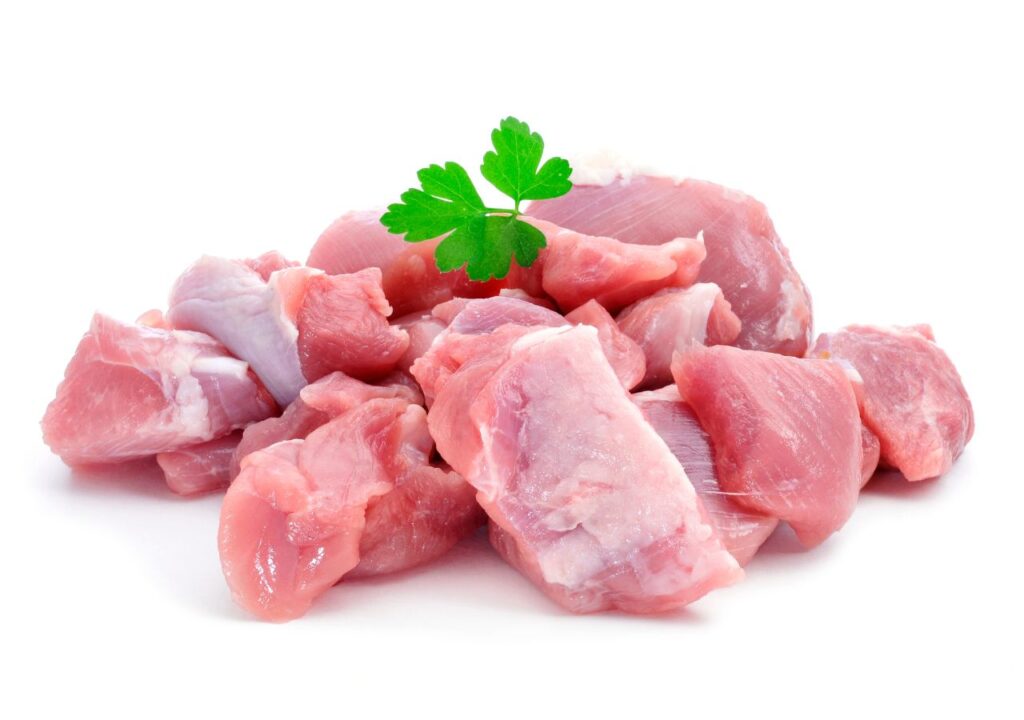
Cooked cat food: How to prepare homemade cat food?
How do you make homemade cat food? A cooked diet is similar to a raw BARF diet.
We can calculate the recipe for cooked meat for a cat in the form of a mixture with additives ourselves or with the help of a special calculator, which takes into account our cat’s weight to determine its needs. Meals for cats are usually prepared for a longer period of time, packed in containers and frozen. Of course, it all depends on how much space we have in the freezer.
Homemade cat food – universal recipes
The most common proportions in a cat’s cooked food are as follows
- Meat: 80% – 85%
- Offal: 15% – 20%
- Vegetables: 0% – 5%
- The rest is supplements and water.
Is homemade cat food healthy?
I have sometimes come across claims that a cooked diet is worthless for a cat, that it is not healthy and that the only way to feed your cat is BARF or wet. While I agree that BARF is a great solution, I do not agree that a cooked diet is worthless. If we follow the right rules and get the balance right, such a diet will be very close to its raw counterpart in terms of value. I will say more, from a practical point of view, there have been many times when I have found that the cat could not eat a raw BARF diet, for example due to pancreatic disease, and then the cooked diet turned out to be the best option for the cat. Homemade food is also great for a cat with kidney disease or other ailments.
It is important to remember that feeding a cat is always individual. As an animal nutritionist, I can tell you that a well-balanced, home-cooked diet is much better than any commercial food, and sometimes even better than BARF.


